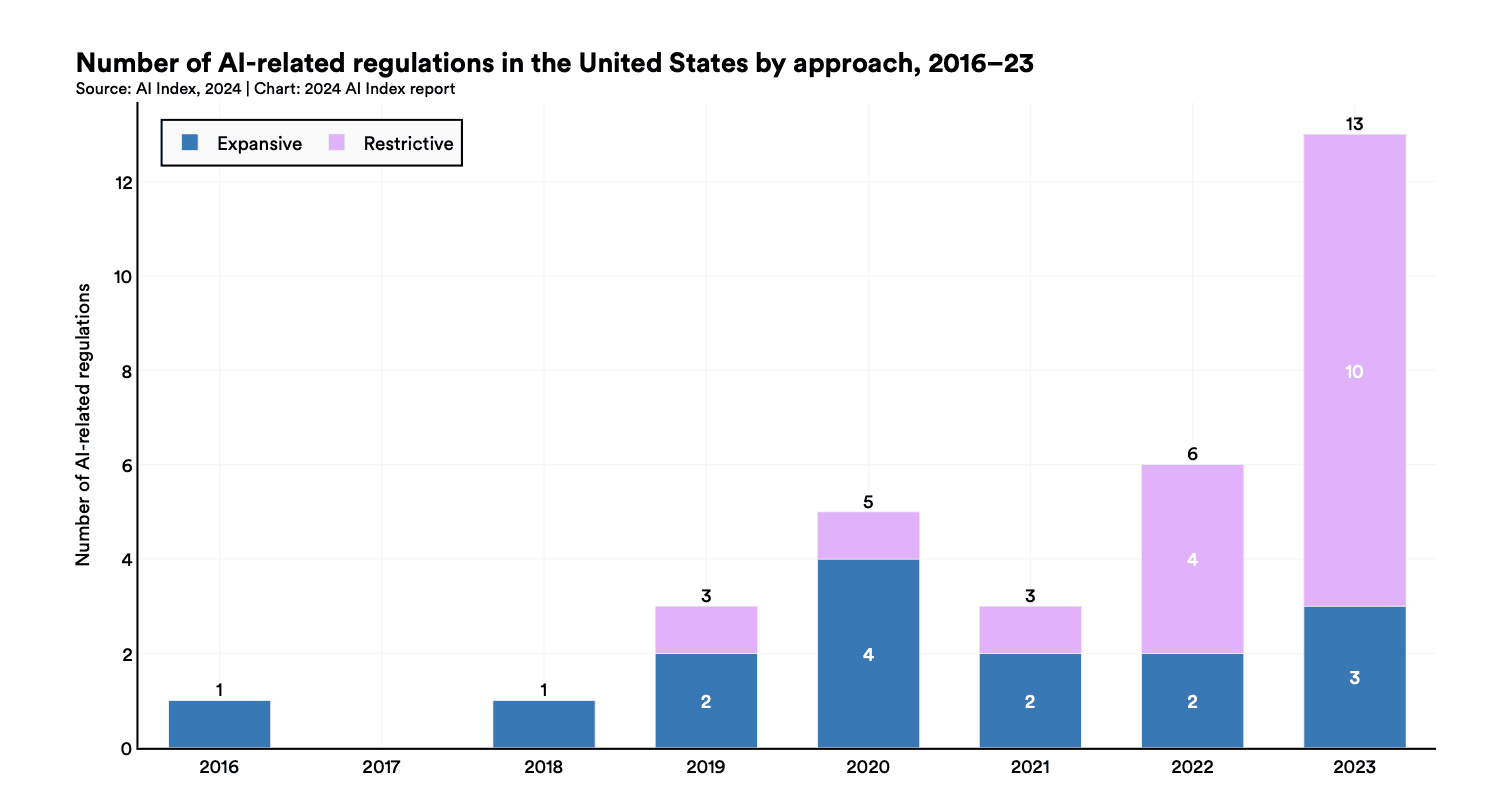State of AI in 2025 exposed
Welcome, humans. We didn’t get too deep into this yesterday, but as of Project Stargate, Microsoft is no longer OpenAI’s exclusive cloud provider. Don’t get it twisted, they’re still each other’s #1’s until further notice… they’re just no longer “exclusive.” Salesforce CEO Marc Benioff thinks Microsoft and OpenAI started having relationship troubles as soon as Microsoft hired Mustafa Suleyman, who co-founded DeepMind and Inflection AI (maker of “emotionally intelligent” AI Pi). Suleyman is now leading Microsoft's entire AI division and reportedly helping them build their own frontier model called MAI-1—a direct competitor to ChatGPT. Some of their prototypes apparently have “near-infinite memory.” Microsoft made it very clear they still get right of first refusal to any new OpenAI cloud needs, APIs, and IP… and of course, Microsoft wants its money back via their revenue sharing agreement.
Top Findings from Vellum’s State of AI 2025 report
Here’s what you need to know about AI today: We break down the top findings from Vellum’s State of AI 2025 report. Samsung launched Gemini-powered phones. Scale AI got sued 3x in past month. OpenAI’s agent tool this week + DeepMind promised a 2025 Astra release. Late last year, we helped Vellum survey over 1,250 AI builders to understand where AI development is really heading. Spoiler alert: It's not quite the AI takeover you might expect.
AI Development in 2025: Where Companies Stand
Here's the surprising truth about AI development in 2025: most companies are still figuring it out. From the Vellum State of AI 2025 report Only 25.1% of businesses have actually deployed AI in production. Everyone else is split between building proofs of concept (21%), beta testing (14.1%), or still working on their strategy (25%). The rest are somewhere between talking to users and evaluating their initial attempts.

As for what companies are building: document parsing leads the pack at 59.7%, followed by customer service chatbots at 51.4%. Interestingly, research automation (23.7%) and compliance automation (15%) aren’t getting as much love. The model landscape looks familiar, but is shifting. Smaller companies prefer direct API access via OpenAI, while enterprises (5000+ employees) love Azure. OpenAI and Azure continue to dominate, but interesting players like Groq (10.7%) and Together AI are gaining ground.
Future Challenges and Ambitions
What about “challenges?”? 57.4% are wrestling with “hallucinations.” 42.5% struggle to prioritize impactful use cases. Only 38% are using automated evaluation tools. The intelligence is certainly there… the hard part now is making that IQ actually useful.

Looking ahead to 2025, companies are dreaming big: From the Vellum State of AI 2025 report A quarter of companies report “no measurable impact yet” from their AI initiatives—maybe this is why 41.9% plan to upskill their teams in 2025.
Related Developments in the AI Landscape
And in related news: The Information dropped another piece of interesting news today: that OpenAI plans to release “Operator”, its agent that can perform tasks for you in the browser, sometime this week.

Here's the thing about massive technological change: The real insights come from the experts creating it. That's why we highly recommend joining Section CEO Greg Grove and LinkedIn co-founder Reid Hoffman on January 29th for this exclusive event. Reid is sharing his vision for: AI-enabled "superpowers" that amplify human agency. Systems that will revolutionize personalized education. Tools that will fundamentally accelerate research. This is your chance to understand the future—straight from those shaping it, and ensure you don’t fall behind in the AI era.
According to Grace Leung, Gemini 2.0's killer features are its real-time screen sharing and multimodal capabilities—which means you can use it as your personal UX consultant, troubleshooter, video analyst, process documenter, and multilingual content creator (check out her video to see exactly how to do all this stuff). Go-with-the-Flow from Netflix is a new AI model that lets you create videos by drawing simple paths for objects to follow—like dragging a duck across the screen and watching it animate with realistic motion and proper lighting.





















